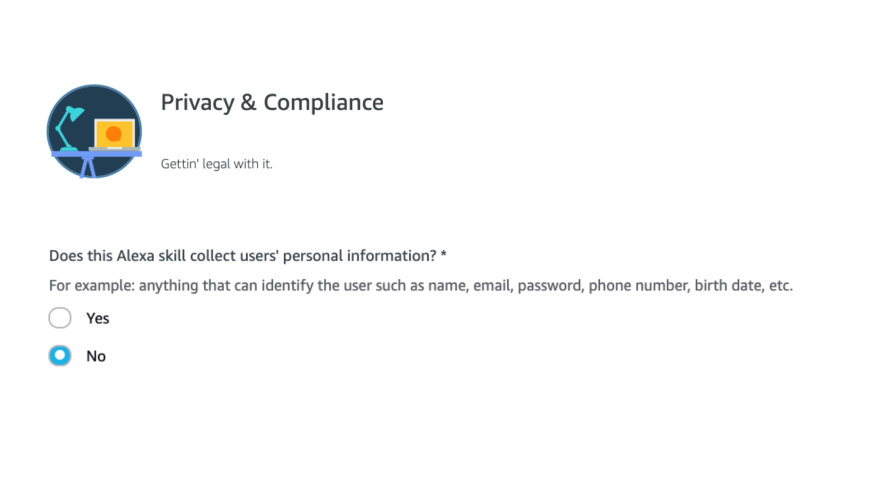

Empathy plays a large part in our project. From our semester long journey focused on discovery and user research, empathy was essential to our work. We are humbled to share some tidbits from focus group interviews we conducted.

Our goal to situate ourselves and research the problem space was to understand the application trajectory for SNAP and where design can support the benefits pipeline.
Our primary objectives when in the discovery phase was to make what we learn extendible to a diverse set of applicants and this led to our focus on screening to encourage future benefits applicants.

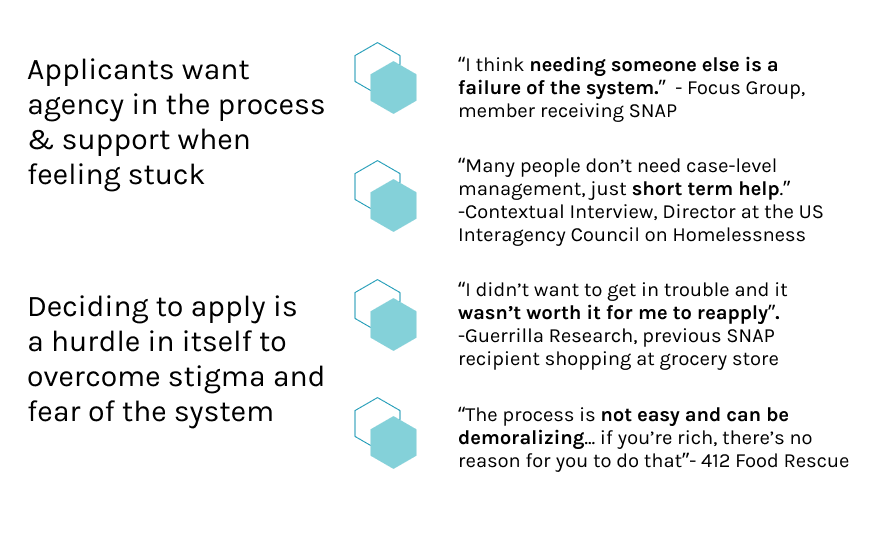
In addition to conducting secondary, domain research and primary interviews with stakeholders, we employed methods to ground our research and deliver valuable insights.
Through observational studies and guerrilla research, we immersed ourselves through field research to bring humanity to our project. Before we design, we must empathize.
In an effort to understand how processes are being improved with government policy and technological innovation, we interviewed industry leaders pushing the envelope in the Government and Government Technology (GovTech) space.
This group of stakeholders focused less on what the landscape is currently and more on what the ideal state of benefits applications will be. A major discovery for our team was that tackling problems in government services involving setting a narrow scope to address a small "slice of the pie" in the problem space and understanding that trust is key in building relationships and moving initiatives forward.
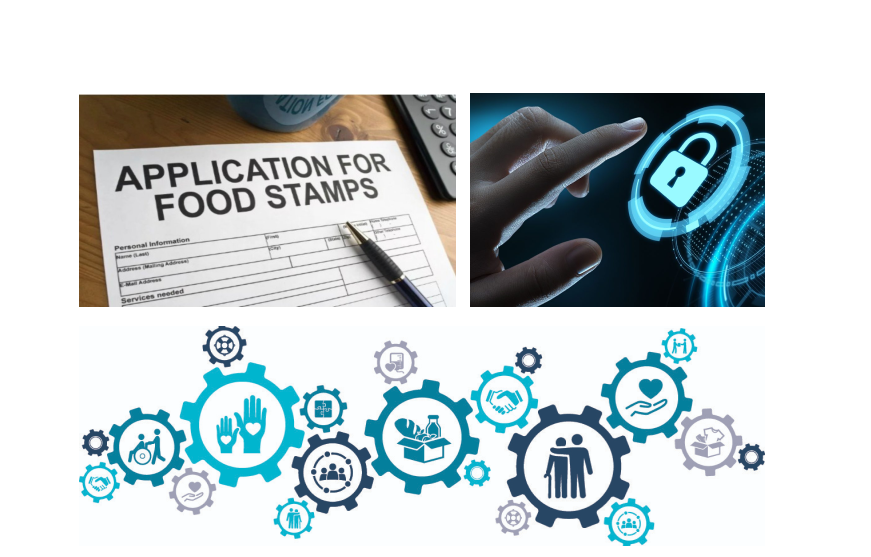

In March, COVID-19 altered the way our team navigated our work. We shifted our research and collaboration tactics to work remotely. With our research, we decided to take our interviews to where people were spending more time; social media, specifically, Reddit.
After posting to 13 subreddits across a variety of topically relevant (e.g. /r/FoodStamps) and geographically proximate (e.g. /r/Erie) topics, we received over 50 responses from people who either had already applied to or were interested in applying to US benefit programs.
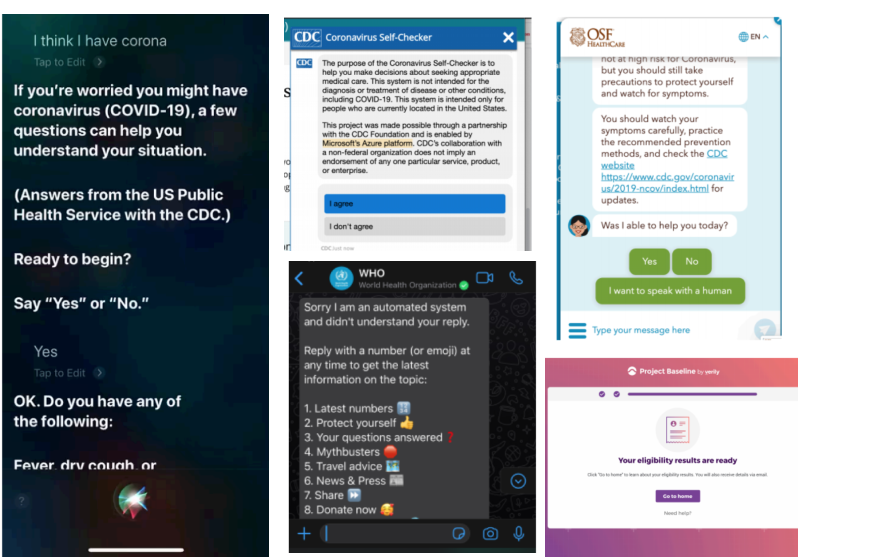

While exploring voice tools, we did a deep dive into Dialogflow offered by Google and into Alexa because we recognized these platforms as having robust technical documentation, support for custom language models, and expandable frameworks.
Taking a voice-first approach, we have pursued prototyping using Amazon Alexa as the console provides an effective way to build, code, and test. Alexa's utterance detection and custom voice models allow for modification and documentation for screen interfaces offers an opportunity to provide support to augment a voice experience.
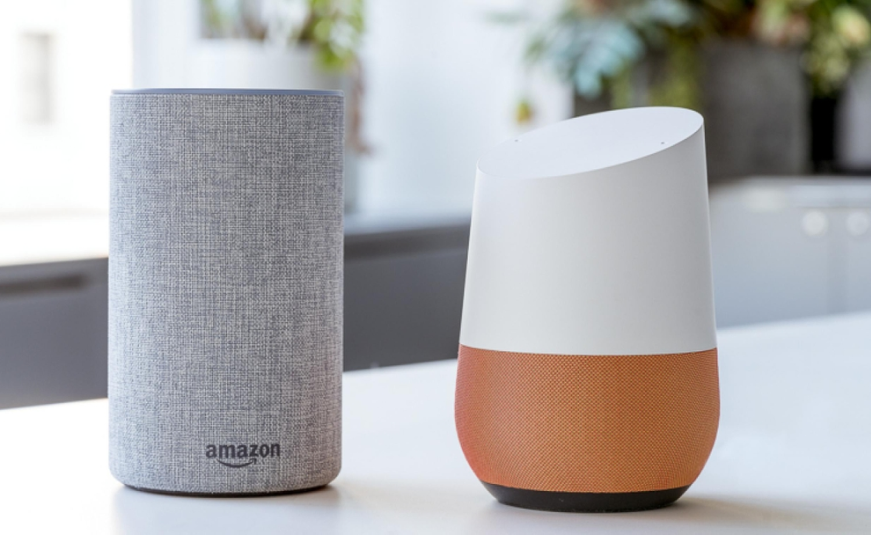
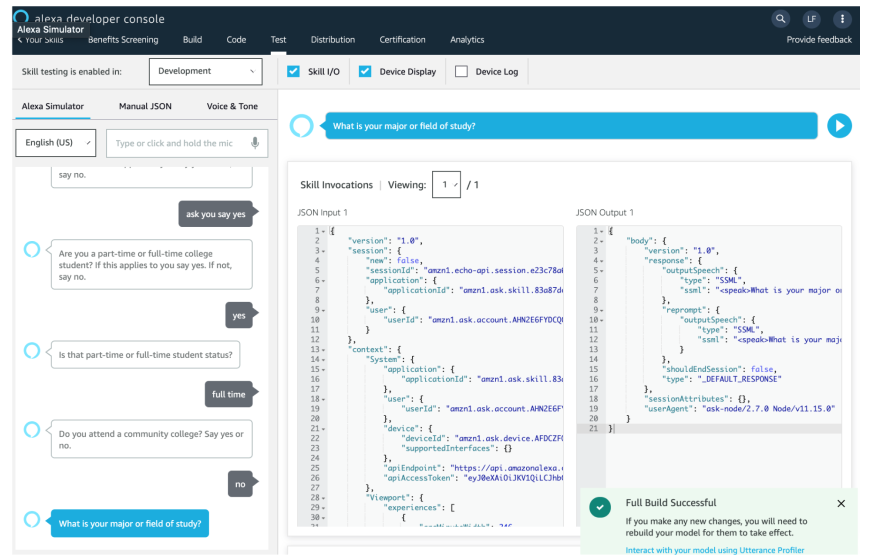
As part of discovery, we implemented policy for student exemption as part of a voice prototype built with Amazon Alexa which allowed us to highlight policy while fleshing out an entire screening to include questions on household and income to conduct a calculation to estimate eligibility and benefits someone could receive.
Since our MVP, our prototype has evolved.Visit our Solutionpage to learn how we extended our screening for SNAP. In our summer term, we expanded screening for other services, explored screening beyond voice interactions, and envisioned how screening can link more directly to applying to improve the overall process.
